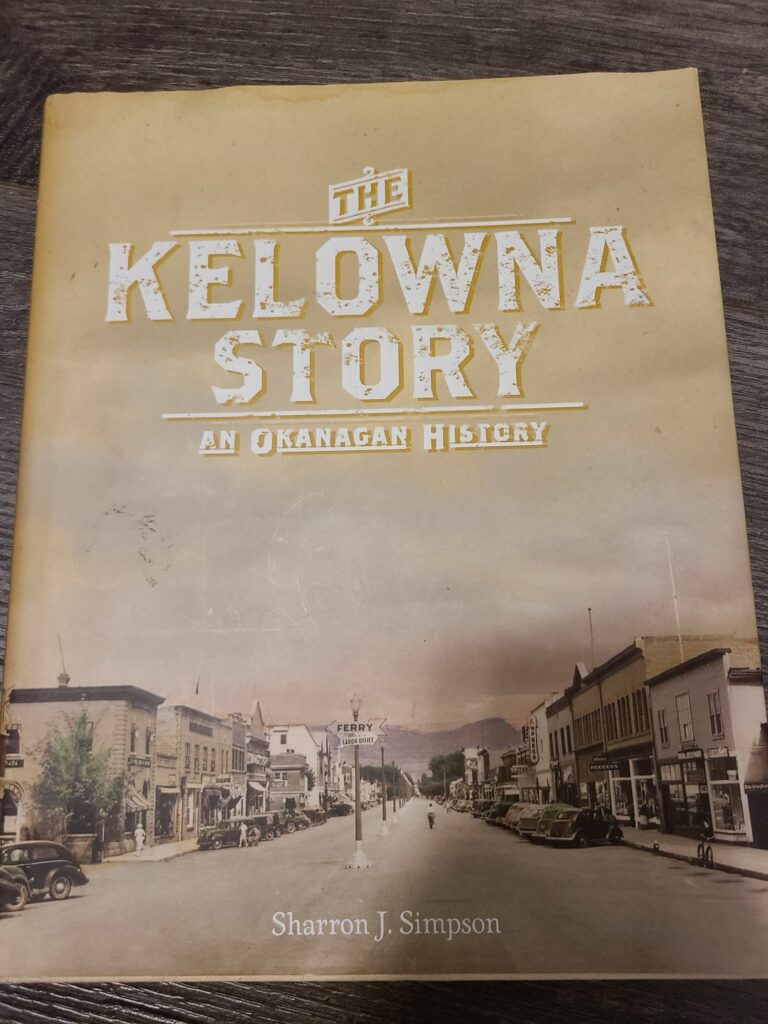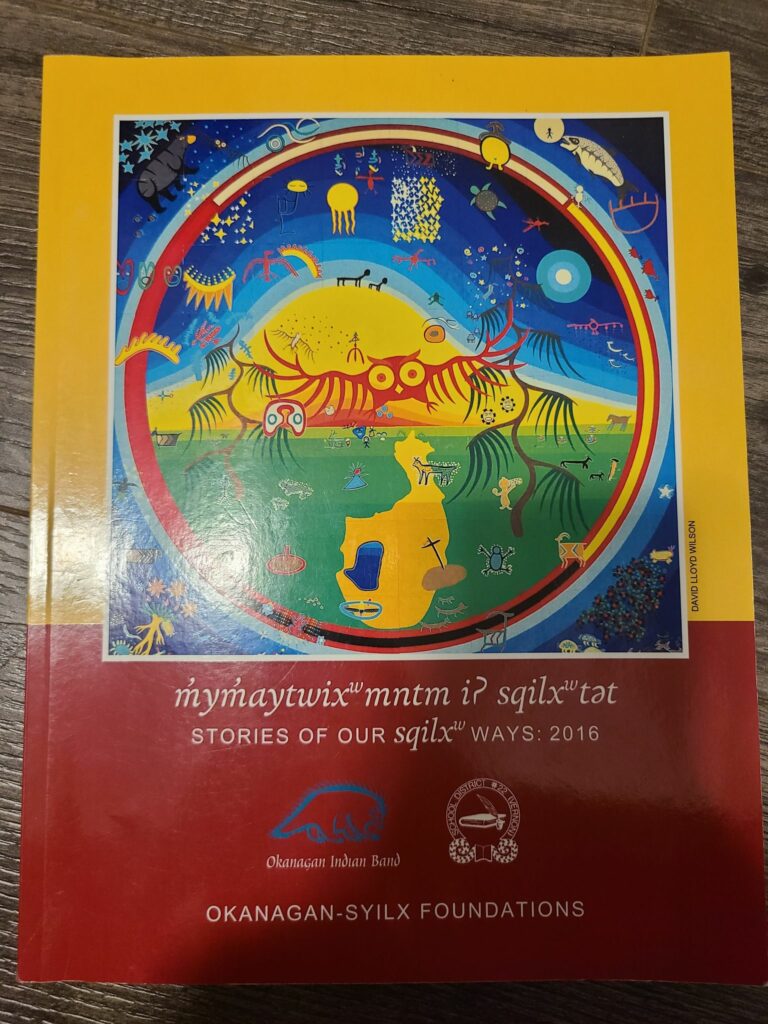This is one of my favourite artifacts from my practicum experiences. This artifact is from practicum 491 from my Social Studies 9 class. The video shows the interactive timeline that one class created together over the course of the week which demonstrates the students’ knowledge of local Syilx culture, history, language, and territory. This is an extremely powerful and beautiful artifact as it shows my students’ engagement, inquiry, and learning in the most pure and basic form. Everything shown in the video is completely student created – I simply guided the process. Students rose to the occasion of creating their own timeline full of important background and historical information that would help them as we dived further into the unit. The creation of this timeline also allowed students to access information and learning in a way that worked for them. As one can tell by viewing the video, some students chose a more creative/visual route, while other preferred a written or factual approach. I will always cherish this artifact as a source of inspiration and successful learning.

This is another near and dear, cherished artifact for me. This book was given to me by my Grandfather many years ago and the content has always fascinated me. To be able to use this book to teach local history about the Syilx people of the Okanagan and the history of Kelowna is very special to me. The students thoroughly enjoyed the book as well, so much so, that the Librarian at the school of my 491 Practicum ordered a class set for the entire school. I was so grateful to be able to bring something from my personal life into my teaching – it made the experience so much more meaningful and rewarding.

This was another absolutely fantastic book I borrowed from a friend (previous UBCO teacher candidate) which helped me immensely in the planning of my local unit of Syilx/Okanagan culture. This artifact had authentic, genuine information that was a great guide for where I wanted to take my unit. The format of the book (very colourful, lots of pictures) also captivated the students and this became a resource that they used to complete their independent work as well. By connecting with my physical community around me, I was able to gain valuable resources which became part of my day to day teaching.
The above document is one of the first assignments I completed in the first year and first semester of my Bachelor of Education degree at UNBC. As new teachers, just entering the world of education, we wrote out what we believed to be our philosophy of education. This is an extremely important artifact for me because it symbolizes my starting point. I will always be able to reflect on where I started and how I have changed so far, even within such a short time. It is a healthy habit to continuously be able to check in with yourself and notice whether you still align with specific philosophical beliefs, or if you are transitioning into a new part of your career as an educator. I constantly use this artifact as a “grounding” and “alignment” tool, to calibrate myself with my morals and values throughout my first few years as a new teacher.